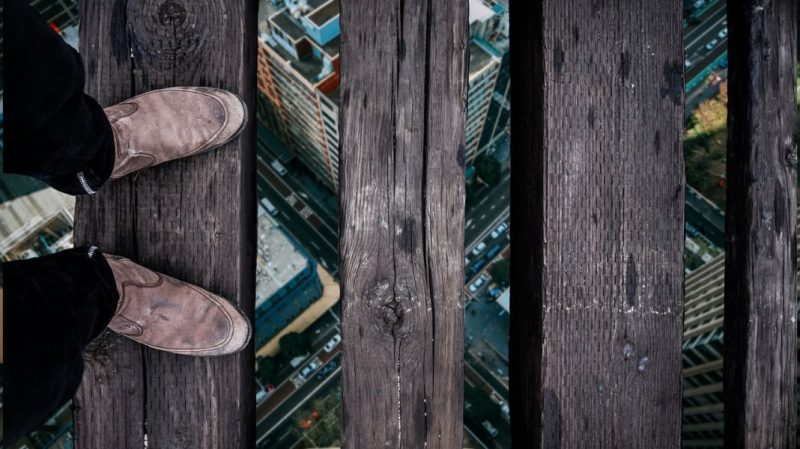Actionable Steps to Take to Ensure Safety When Working at Heights

Categories :
Without proper safety measures, working at heights is fraught with dangers and risks that can cause serious injury or even death. Every job that requires working on construction sites, or roofs, or performing maintenance tasks on elevated platforms must follow specific measures all the time. In this article, we'll go over some practical steps you may take for increased safety and reduced possibility of accidents and injuries when working at heights, whether you're an employer or employee.
Conduct Risk Assessment
Do a complete risk assessment to identify any dangers and take necessary steps before beginning any work at heights. Think of things like the weather, the height of the work area, the stability of the ladders or scaffolding, and any obstacles that could be in the way. Assess the competence of workers, training on working safely at heights they attended, and the equipment they have to perform their tasks. This will all help you to identify and prepare for any potential dangers upfront, making the workplace a much safer place.
Use the Proper Equipment
Personal fall arrest systems (PFAS) are mandatory safety equipment for any worker doing work at heights. Based on the type of work that needs to be done, the employers must provide appropriate equipment. There is a wide range of quality in PFAS; some are constructed with superior materials that allow them to withstand more weight, resist fire and electricity better, and generally last longer.
Always do your research to ensure you are getting the appropriate PFAS to match the working conditions and protect yourself or your workers against the dangers that are present. Depending on the type of job, you might need fireproof material, an arc-safe design, or additional D-rings. Always get the greatest PFAS for your work, no matter how much it costs, and never, ever cut corners on protective equipment.
Provide Training and Supervision
This is an imperative - workers must be properly trained to ensure their safety when working at heights. End of story. Not only because it is required by law, but also because anybody trying to protect themselves at a height without the necessary knowledge leaves too much chance for mistake and fatal consequences. Provide good training on how to prevent falls, identify potential dangers, deal with emergencies, and properly wear and use safety equipment. Those employees who are new to working at heights will need extra supervision to make sure they follow all safety procedures. Make sure to establish open communication so the whole team feels free to voice any questions or concerns they have about safety practices.
Secure Tools and Materials
When working at heights, it is not rare to drop tools and materials, but this can cause catastrophic harm to other workers below. Use tool lanyards, tethering systems, or tool belts with attachment points to appropriately secure tools and materials. Keep the workspace free of clutter and warn employees not to put anything that might cause them to fall near any unprotected edges. If you want to make sure that bystanders can't be hurt while work is being done at heights, you should think about putting up barricades or creating exclusion zones and preventing unauthorized access.
Inspect Equipment Regularly
Protective equipment should prevent all falls, but that will not always be the case if it's not inspected regularly. Every piece of personal protective equipment an employee wears when working at a height must first undergo an inspection and get approval from the appropriate authorities in accordance with occupational health and safety rules. Wear and strain on safety equipment, such as lanyards and harnesses, might eventually lead to its failure. Also, check that the D-rings are in good working order and not corroded and that the straps and clasps are secure. This has to be double-checked before each usage. The inspection must be detailed since a person's life might be saved by this quick pre-work routine.









